#cyanobacteria
Text
Whoooooo wants keychains?
I was originally going to wait until the keychains got here to put them on sale, but I'm getting antsy, so they're on preorder! I estimate I'll receive all of them in a few days and then they'll ship out immediately, if you dare to purchase one. 😈
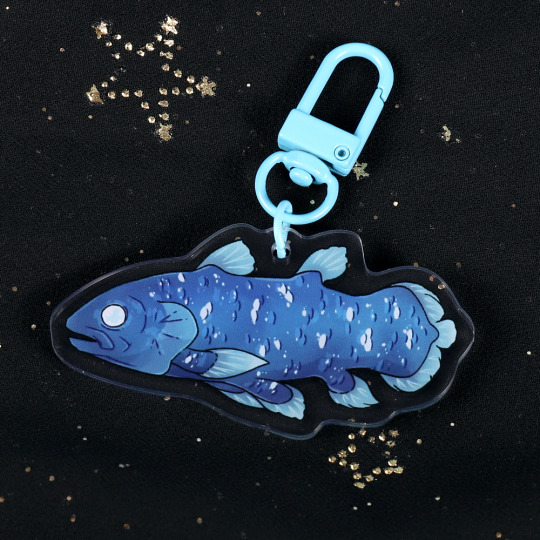
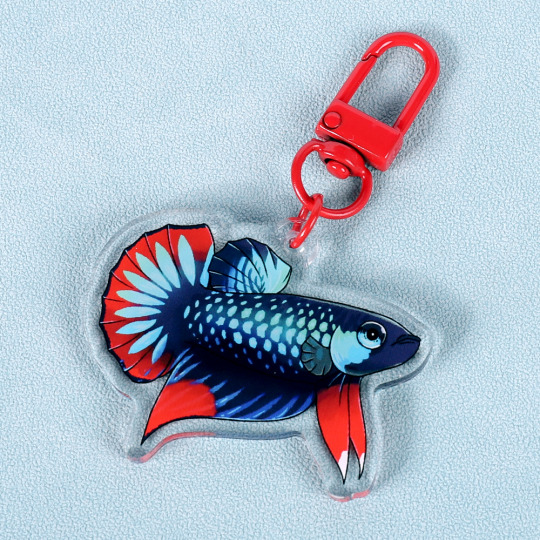
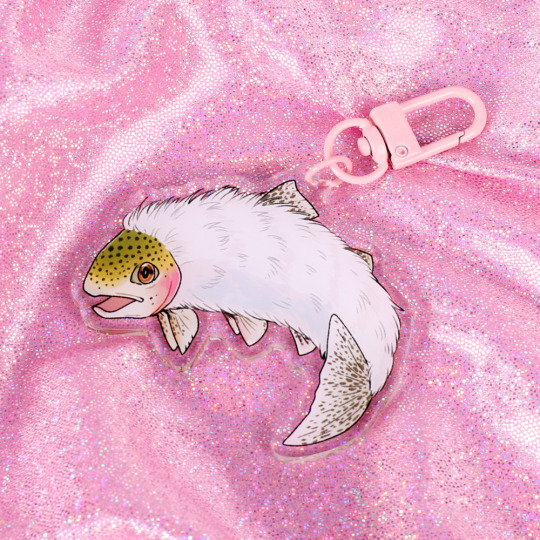
First up, a bunch of friendly fishy keychains! A coelacanth, a wild type betta, and a furry trout.
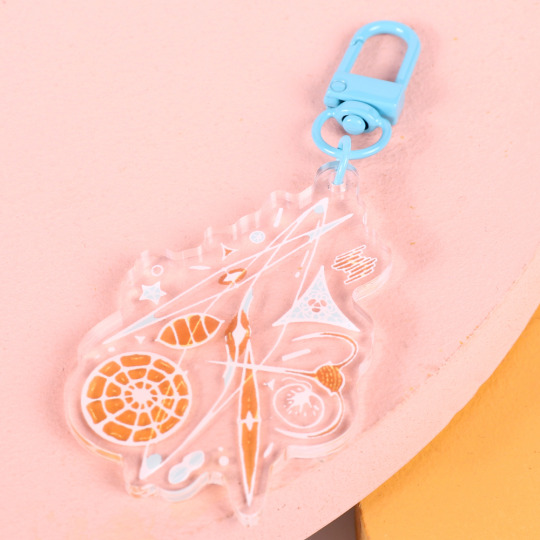
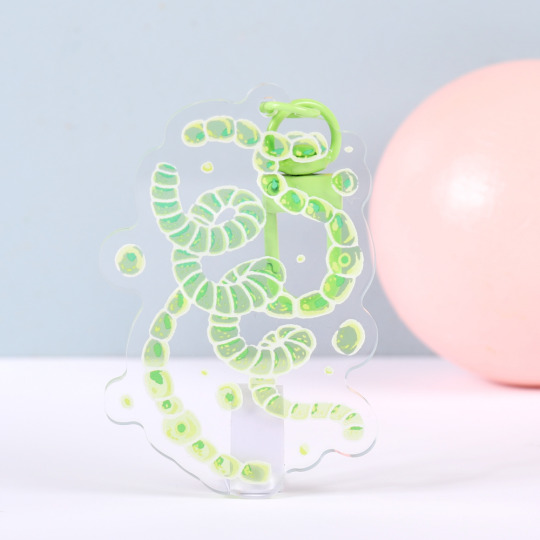
Then, some algae! Featuring shapely diatoms and dinoflagellates, as well as some nice green cyanobacteria.
Check them out here! https://garblegoods.bigcartel.com/
#diatoms#cyanobacteria#microbes#microbiology#fish#betta#coelacanth#cryptids#keychains#merch#i never know how to tag these
45 notes
·
View notes
Photo


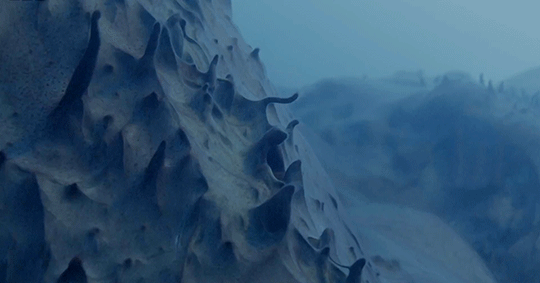
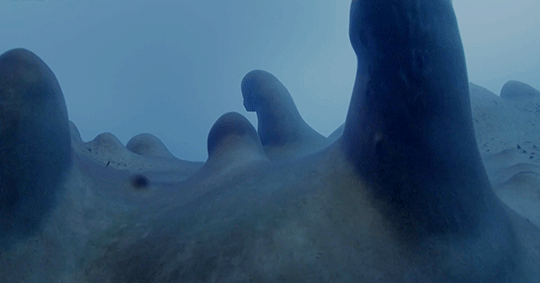
At the bottom of Lake Untersee in Antarctica are giant stromatolites, an ancient form of life on our planet. They first appeared closer in time to the formation of Earth, three and a half billion years ago, than to the present day. Scientists hope that studying these organisms in such a hostile environment will help us understand and recognize life on icy worlds beyond our own.
BBC Earth
#BBC Earth#antarctica#lake untersee#stromatolites#microbialite#cyanobacteria#''scully you're not gonna believe this''
1K notes
·
View notes
Text
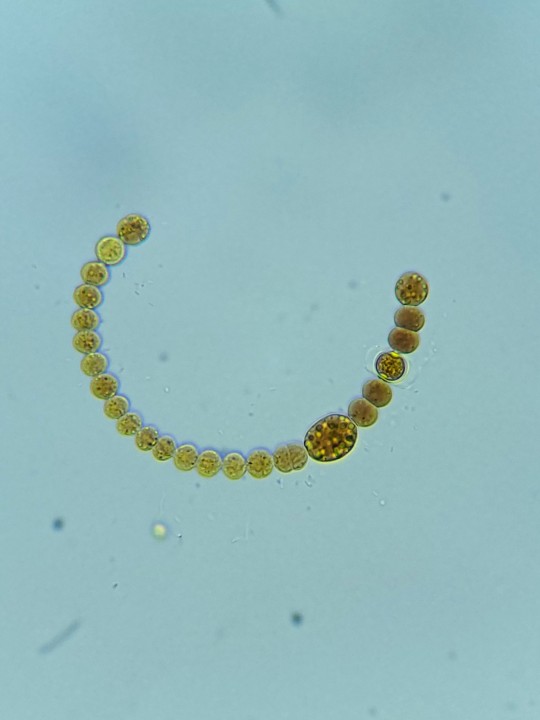
Today's little bit of joy is brought to you by this absolutely perfect filamentous cyanobacteria specimen. This beauty sits perfectly in a single plane, the whole thing in focus, and has both a heteorcysts AND an akinete.
170 notes
·
View notes
Text

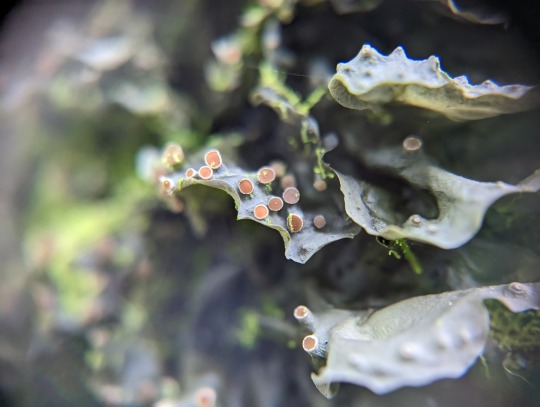

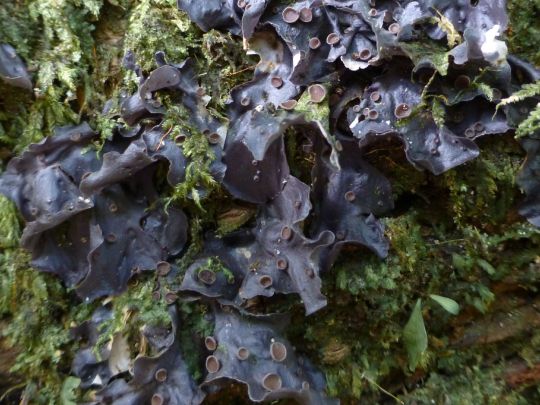

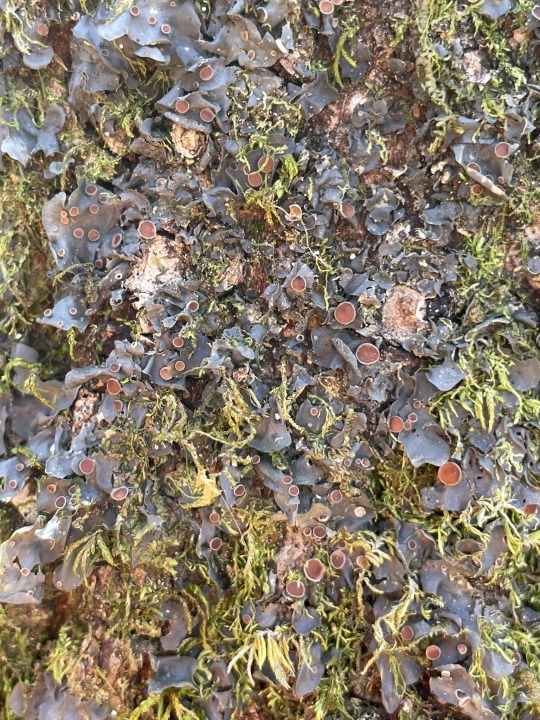
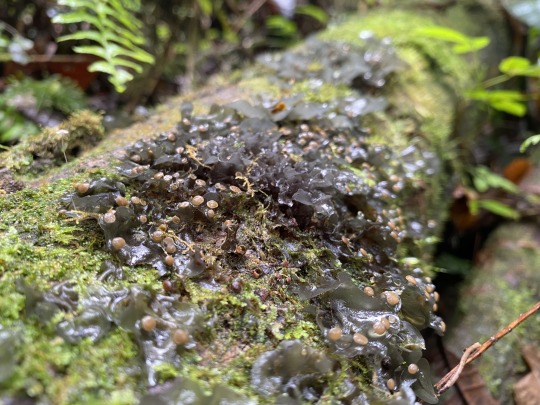
Leptogium azureum
Blue jellyskin lichen
I love when lichens get names like L. azureum and blue jellyskin lichen and then you look at them and are like . . . yeah maybe I would say its blue I guess? Like clearly whoever name L. azureum had been looking at a lot of dull-colored lichens before this one to come up with that name. This gelatinous, foliose lichen has broad, irregular lobes growing in large patches up to 9 cm in diameter. The upper surface is bluish-gray when dry, and darker blue-green when moist. The lower surface is paler gray and wrinkled with white hairs. It produces red-brown apothecia which grow on very short stalks and have a thalline margin around the disk. It has a cyanobacterial photobiont. L. azureum grows on acrid rock and bark in tropical and subtropical regions around the globe.
images: source | source
info: source | source
#lichen#lichens#lichenology#lichenologist#mycology#ecology#biology#fungi#fungus#symbiosis#symbiotic organisms#cyanobacteria#life science#environmental science#natural science#nature#the natural world#beautiful nature#weird nature#Leptogium azureum#Leptogium#jellyskin lichen#trypo#trypophobia#lichen a day#daily lichen post#I'm lichen it#lichen subscribe#go outside#take a hike
93 notes
·
View notes
Text

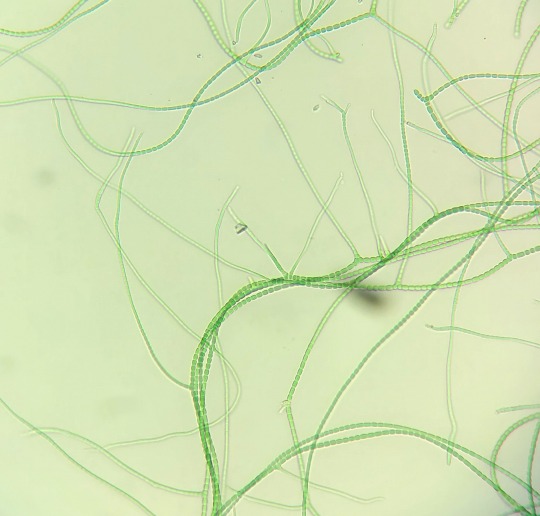
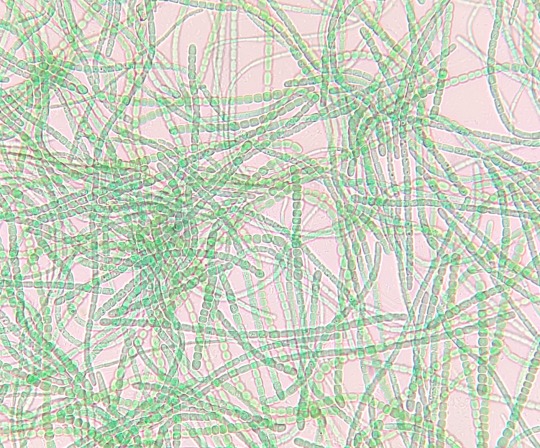
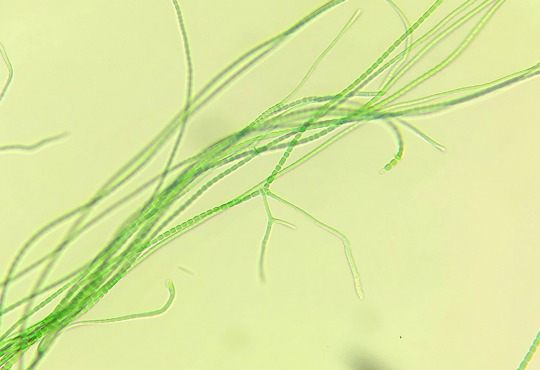
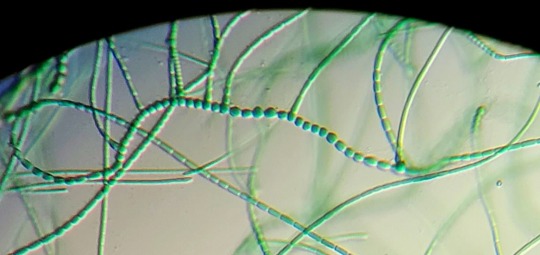
:-]
76 notes
·
View notes
Text
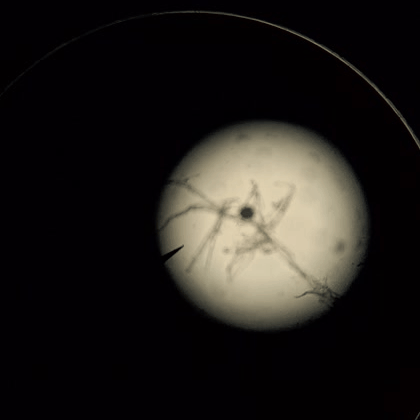

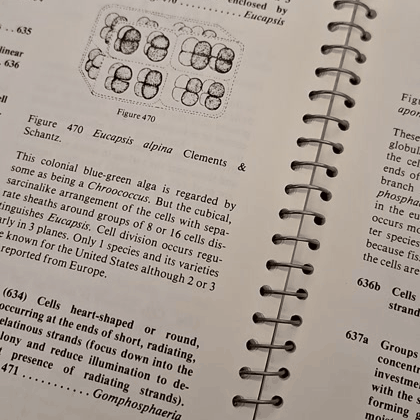
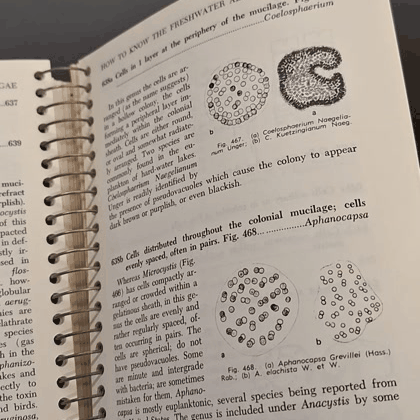
Cyanobacteria research
126 notes
·
View notes
Text

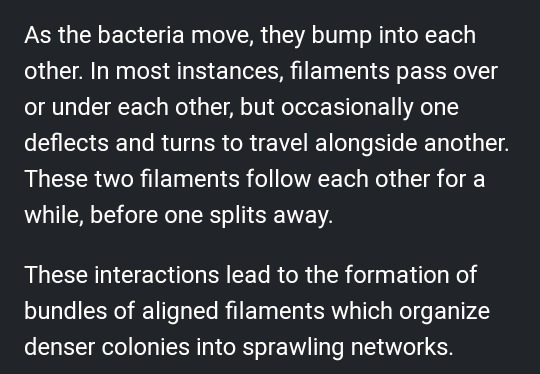
AAAAAAA
THEY LITERALLY JUST DECIDE YES THIS ONE IS OKAY AND HOLD ONTO EACH OTHER
They hold onto each other and form a community like we do I'm totally not sobbing over this
#Yes im romanticising bacterial life#It's Tumblr after all#What if we were two cyanobacteria and decided to hold onto each other#Life imitates life#biology#science side of tumblr#cyanobacteria#algae
133 notes
·
View notes
Text
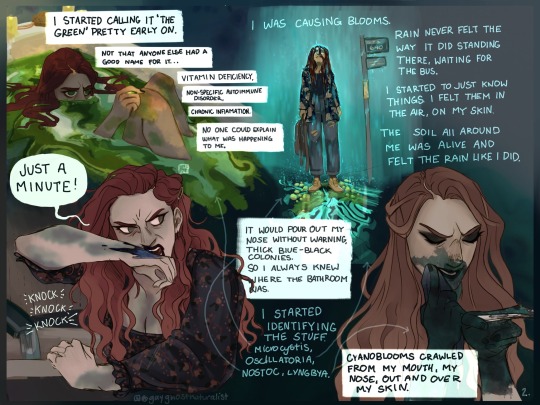
Cyanobacteria are so fucking old and scary and pretty and cute and I love them.
I got the travel grant! Got about a month to get the rest of my housing, food, etc etc covered (Ko-fi in bio if you feel like it).
And my poster. Oh god.
(Also hi and thank you y’all are so sweet)
#poison ivy but she’s an actual botanist#botanical horror#poison ivy art#pamela isley#art#illustration#poison ivy comic#artists on tumblr#character design#concept art#comic#dc#dc comic#dc fanart#nostoc#oscillatoria#lyngbya#cyanobloom#cyanobacteria#microcystis
847 notes
·
View notes
Text

Nostoc commune
74 notes
·
View notes
Text
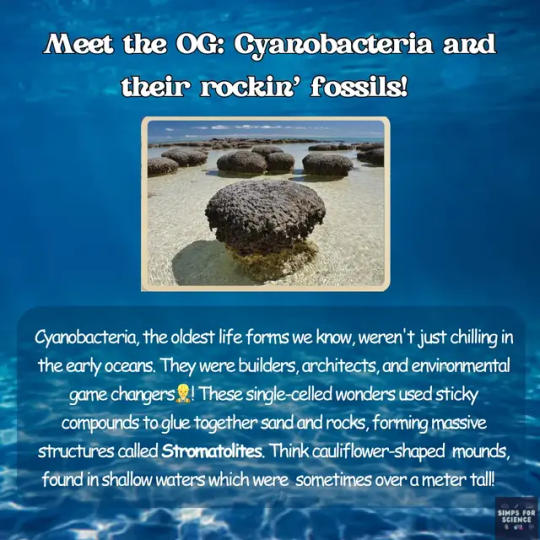


Being the most ancient⌛fossils, stromatolites stand as resilient monuments to Earth's 🌍infancy. Delve into the story📖 etched by them through this post. To dive deeper into the history of our planet, join us in our monthly series - 'Zoofabulous Time trek'.🏎️ Hold your breath, because we're about to dive deep into the past!
📸Image Credit: Wikipedia
#education#science#science facts#study blog#research scientist#discover#earth#zoology#animals#wildlife#fauna#cyanobacteria#fossils#ocean life#sea#scicomm#ediacaran#microbiology#australia#microbes#explore#paleontology#nature#archaeology#history#precambrian#planets#seashore#geology#prehistoric
17 notes
·
View notes
Text

The Neoarchean era began 2.8 billion years ago and lasted until 2.5 billion years ago. The cyanobacteria empire continued to evolve and diversify, even adapting to life on land. It is thought at this time that the land would actually start to turn green, not from plants yet, but rather the massive microbial ecosystems pumping oxygen into the atmosphere. During this era we would also see the planet's first supercontinent, named Kenorland
#Neoarchean#journey through time#paleoart#paleontology#evolution#cyanobacteria#Kenorland#supercontinent#archean#precambrian
12 notes
·
View notes
Text



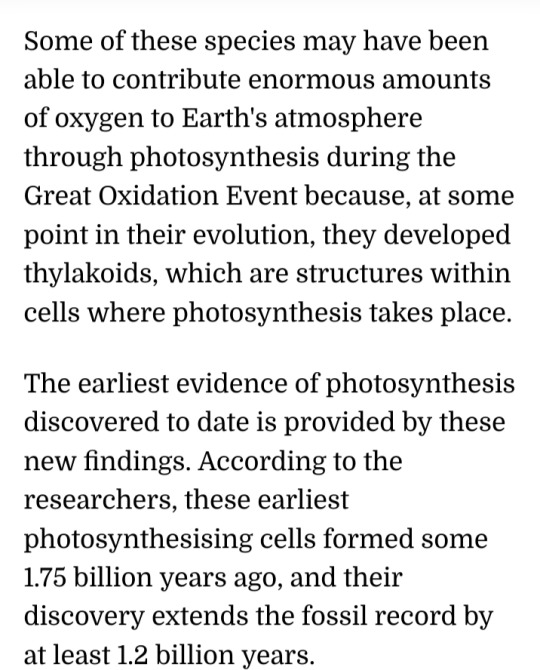
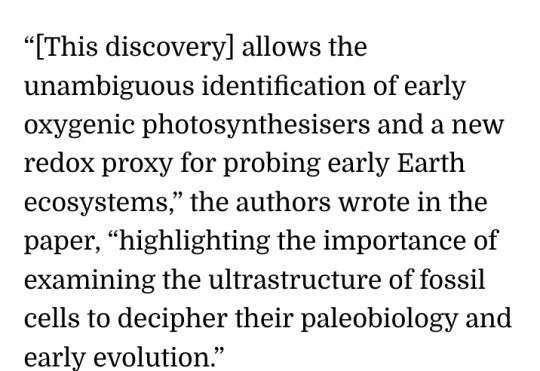

#Earth#microfossils#photosynthesis#cyanobacteria#Great Oxidation Event#thylakoids#ecosystem#origin of life#research
9 notes
·
View notes
Text
Possible halloween costume ideas:
- My thesis: Tape a few pages of text to my shirt and if anyone tells me it's a shitty costume I can yell "IT'S NOT FINISHED YET I DON'T DEFEND UNTIL APRIL".
- A dice goblin: Cover myself in large cardboard dice shapes, wear a dice necklace, steal anything dice shaped, talk in a gollum voice all night and roll a d20 before I take any action.
- Cyanobacteria: wear blueish-green and be toxic.
- The Ghost of Your Unanswered Emails: Tape a bunch of emails with the subjects *IMPORTANT* or *DUE TODAY* to the outside of a sheet. Haunt people and whisper "you have 179 unread emails" in their ears.
#Halloween#costumes#costume ideas#emails#cyanobacteria#thesis#d&d#dungeons and dragons#dice#dice goblin
1K notes
·
View notes
Text

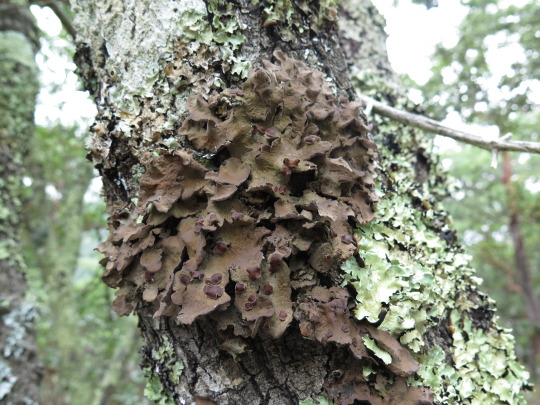
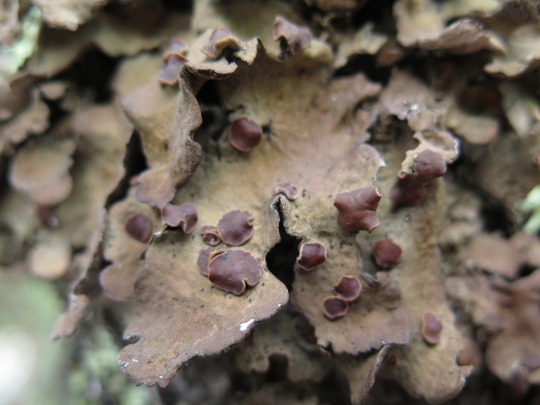
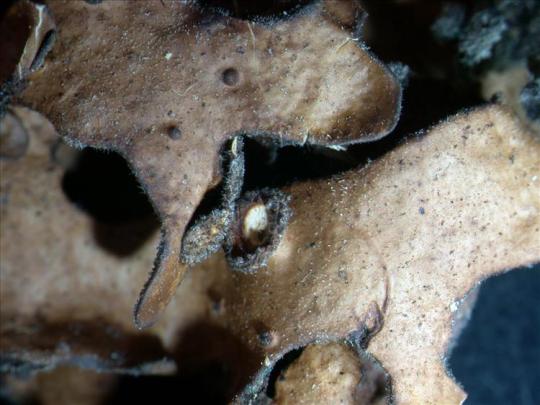
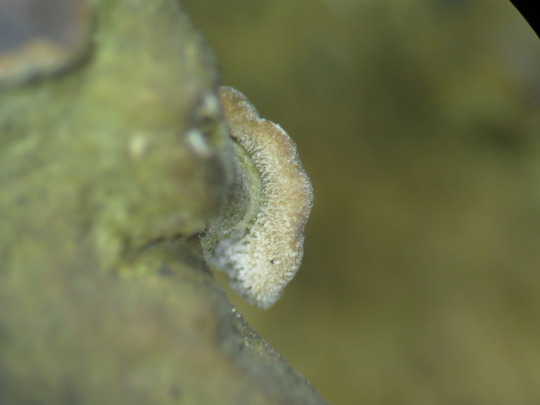


Sticta tomentosa
I know that people mostly care about like, mammals and stuff because they are fuzzy and cute, but S. tomentosa is fuzzy and cute, right? So I think she deserves at least as much attention and conservation focus as mammals! This foliose cyanolichen grows in large, rounded patches or rosettes made up broad lobes with incised, ciliate margins. The upper surface is smooth and blue-black to yellow-gray in color, with pale maculae and cyphellae scattered throughout. It has a thin layer of pale, velvety tomentum across the surface, more dense toward central parts of the thallus and more thin toward the margins. The lower surface is ridged and rough, and pale cream in color. It produces submarginal apothecia which have a velvety-pilose margin surrounding a yellow- to red-brown, convex disc. S. tomentosa grows on the bark of trees in mid- to high-elevation, neotropical or paleotropical rainforests.
images: source | source
info: source | source
#lichen#lichens#lichenology#lichenologist#mycology#ecology#biology#fungi#fungus#cyanobacteria#symbiosis#symbiotic organisms#beautiful nature#weird nature#the natural world#natural science#life science#environmental science#Sticta tomentosa#Sticta#trypo#trypophobia#I'm lichen it#lichen a day#daily lichen post#lichen subscribe
91 notes
·
View notes
Text
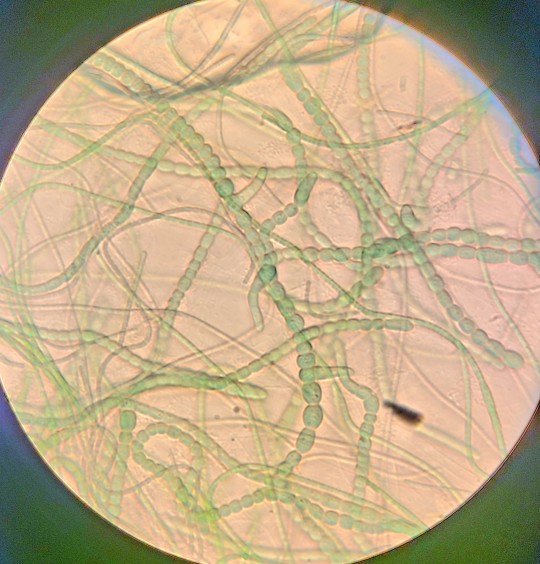

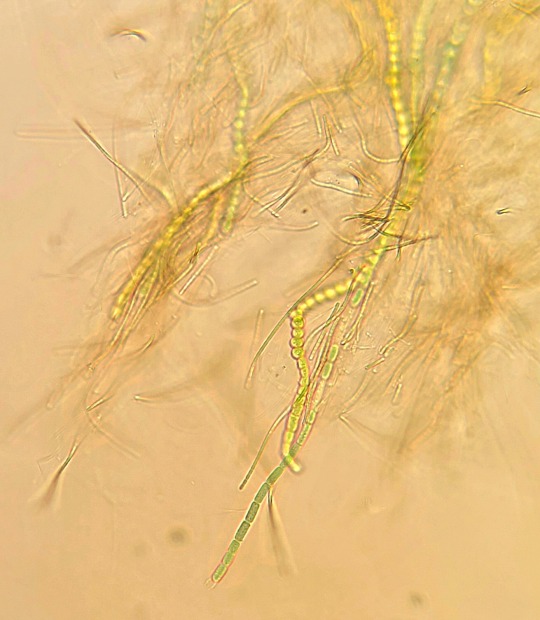
Cyanobacteria my beloved 🖤
#who needs mood stablizers when u have access to a microscope and like 200 vials of goo#im only a lil kidding. i used to go transfer cultures when i was feeling really fucked up bc its like ok i have to focus#and i have to breathe for the 4hrs im sitting here. and i would go in at fucked up hours when i couldnt sleep#and i havent transfered anything for weeks and now im like oh right. my babies#i especially love when cyanobacteria r all chubby. rn its probably a sign that their nutrient levels r fucked up#bc theyve been in one tube too long but idk im delighted by fat filamentous cyanos. the colors make me happy#also true branching cyanos r so fucking beautiful. f1sherella my beloved 🖤🖤🖤#listen. in my biased opinion nostocales r just thr fucking best. i dont want fucking cocci i want annoying filamentous who can differentiate#their cells. fucking wild. multicellular bacteria#cyanobacteria
62 notes
·
View notes
Text
Tiny structures called thylakoids have been discovered in what are thought to be fossilized cyanobacteria dating back to 1.75 billion years ago.
These structures are found inside the cells of photosynthetic organisms today that contain the pigment chlorophyll, used to absorb the light for photosynthesis.
This means that the microfossils represent the oldest direct evidence for photosynthesis.
Today oxygenic photosynthesis is unique to cyanobacteria and their plastid relatives within eukaryotes. Although its origin before the Great Oxidation Event is still debated1,2,3,4, the accumulation of O2 profoundly modified the redox chemistry of the Earth and the evolution of the biosphere, including complex life.
7 notes
·
View notes